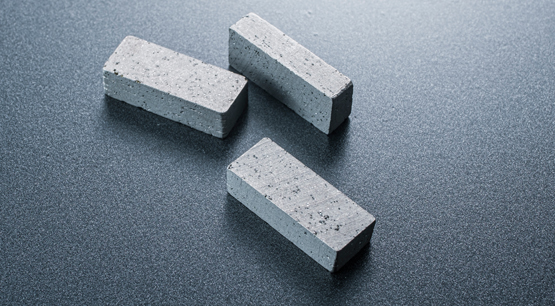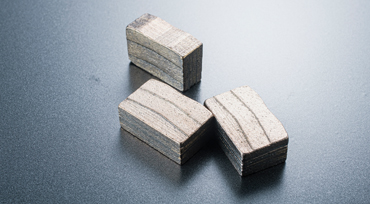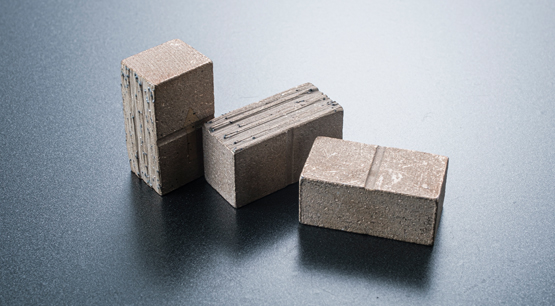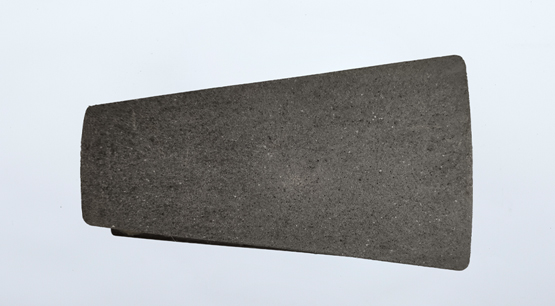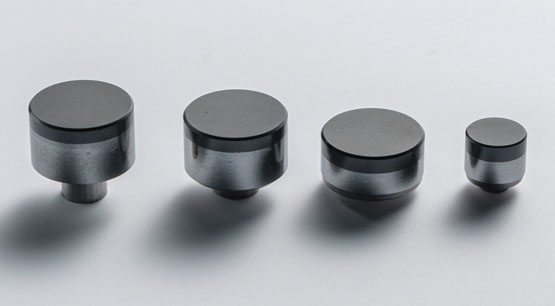There are two very important parameters in the use of diamond segments, which directly determine the performance of the product and also directly determine the quality of the product. These two parameters are sharpness and wear resistance. In addition, there are many factors that determine the sharpness, such as the concentration, particle size and distribution of diamond, etc.. The wear resistance of diamond determines the service life of the diamond segment, and is also an important factor that directly affects the cost of stone sawing. So what affects the wear resistance of the diamond segment?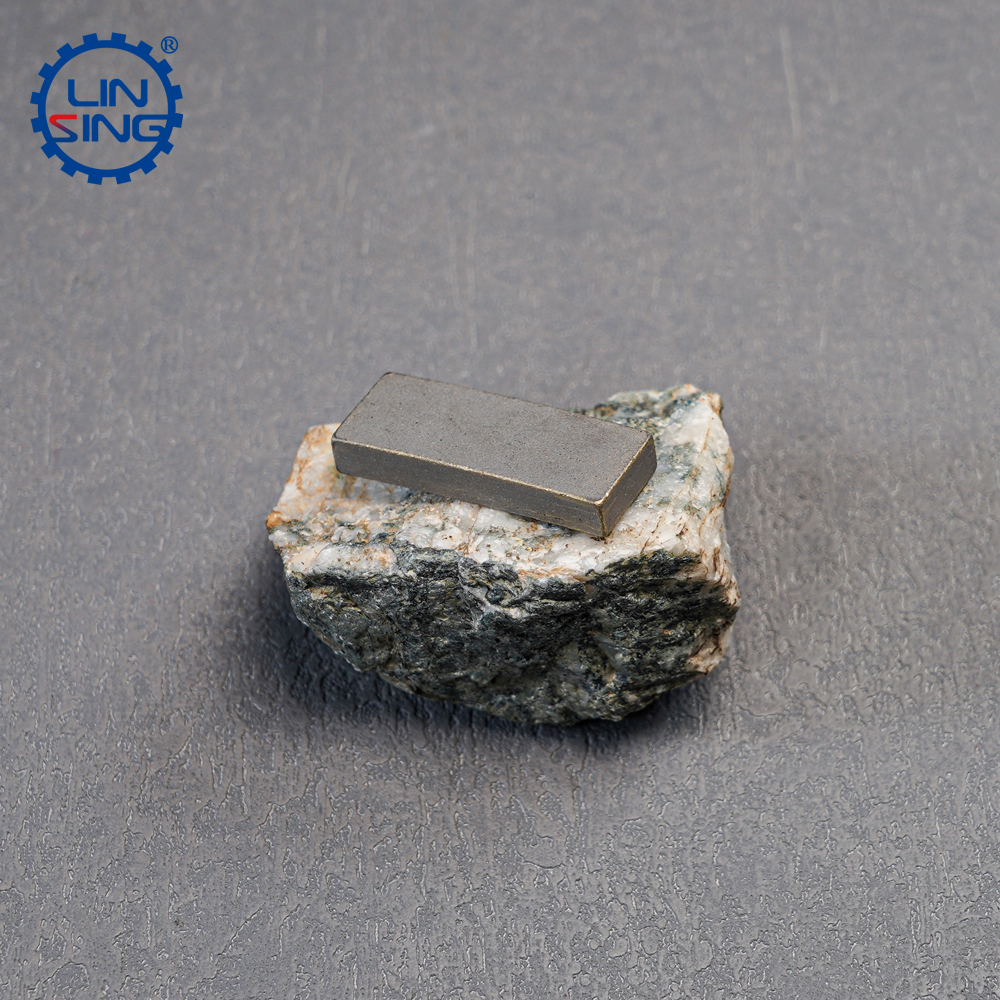 There are many reasons for the influence of diamond wear resistance. For example, the composition of the carcass of the diamond segment does not match. For instance, the holding force of the metal carcass to the diamond is not enough. The influence of temperature on the diamond segment is a very important reason.
There are many reasons for the influence of diamond wear resistance. For example, the composition of the carcass of the diamond segment does not match. For instance, the holding force of the metal carcass to the diamond is not enough. The influence of temperature on the diamond segment is a very important reason.
Why does the sintering temperature affect the wear resistance of the diamond segment? This is to be seen from the overall process of sintering the diamond segment. The sintering process of the diamond segment is to put the cold-pressed diamond segment layers in the graphite mold, including the side material layer, the intermediate transition layer (iron sheet and powder), and the middle material layer and so on. After these sheets are put into the mold, it is necessary to increase the temperature and pressure to allow the diamon dsegment to be sintered in a high-temperature environment, through the two sintering principles of solid phase sintering and liquid phase sintering, so that the metal powder and diamond can form a more structured structure stable, more excellent performance, more ideal material diamond segment. In this process, the heating will eventually reach a certain constant temperature, and then maintain this constant temperature until the end of sintering, and the constant temperature maintained during the sintering process is also called the sintering temperature.
Does the sintering temperature have any effect on the wear resistance of the diamond segment? This problem is obvious. In the long-term experiment and production process, people found that if two molds are put into one sintering machine at the same time, the sintered products will have a big difference, which is mainly reflected in the heating of the upper and lower molds inconsistency, which leads to the inconsistency of the sintering temperature of the upper and lower mills. Such inconsistency may have a temperature difference of 3-5 degrees Celsius, but such a small sintering temperature error also causes a great product quality question. In the actual cutting application process, the wear resistance of the carcass whose sintering temperature is more in line with the normal sintering set temperature is much higher than that of the products produced by the mold with lower sintering temperature.
So why such a big difference? When testing the difference in the laboratory, when the sintering temperature is fixed at 850 degrees Celsius, at this time, the iron atoms in the iron-based matrix are in the most active state, and other metal powders are also in a relatively high activity state. When the temperature is lowered by 4-5 degrees Celsius, it is found that the activity of iron atoms is obviously reduced. When the sintering temperature is set at 8 minutes, the influence of such a temperature difference increases proportionally over time has risen. So under normal circumstances, the impact caused by the reduction of sintering temperature is very large and irreversible.
Since low temperature will reduce the wear resistance of the carcass, can increasing the temperature increase the wear resistance of the diamond segment? Normal understanding of this method should be advisable, but the law of things stresses that things must be reversed. When the temperature is too high, the metal activity is higher, and various more wear-resistant materials can be produced in a more active sintering environment. However, these materials cannot meet the normal needs of the cutting segment in terms of rigidity or brittleness. Therefore, in many cases, the sintering process of the diamond segment is not only a consideration of one aspect, but needs to integrate various situations that need to be faced to complete the setting of the sintering temperature in the diamon dsegment sintering process.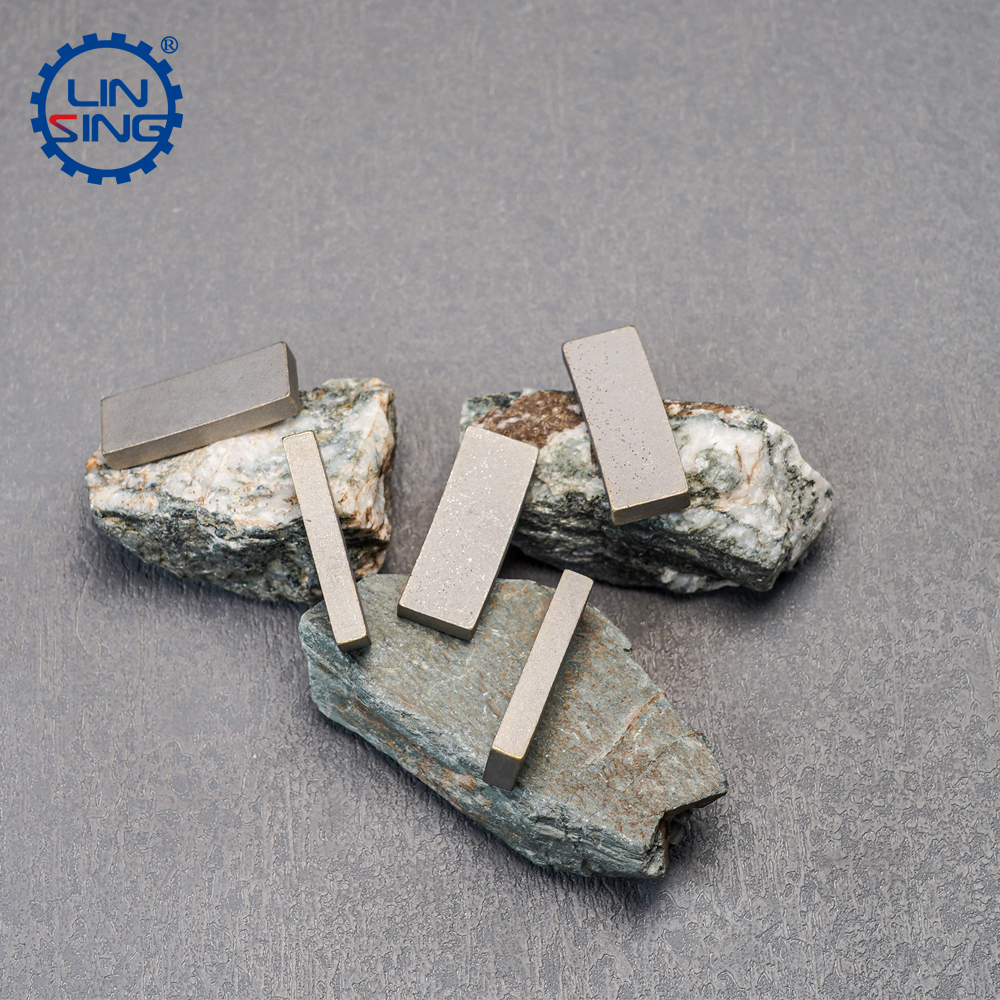 So is there any good way to help people solve the problem of lower wear resistance caused by sintering temperature? There are four main solutions:
So is there any good way to help people solve the problem of lower wear resistance caused by sintering temperature? There are four main solutions:
1. The sintering method of one machine and one mold, do not have multiple molds in one machine, this will greatly reduce the wear resistance of the carcass caused by the sintering temperature.
2. Check the temperature system of the sintering machine frequently, knowing the actual temperature of the machine on site is more accurate than trusting the thermometer that comes with the machine.
3. Train technicians to continuously improve the sintering process, so that the temperature parameters of the sintering process are closer to the critical value of wear resistance and matrix material stability.
4. Find a balance point in terms of sintering time and sintering temperature.

Effect of sintering temperature on wear resistance of diamond segment
Publish date:2022-12-19 17:09:16 Article From:LINSING diamond tools Clicks:



